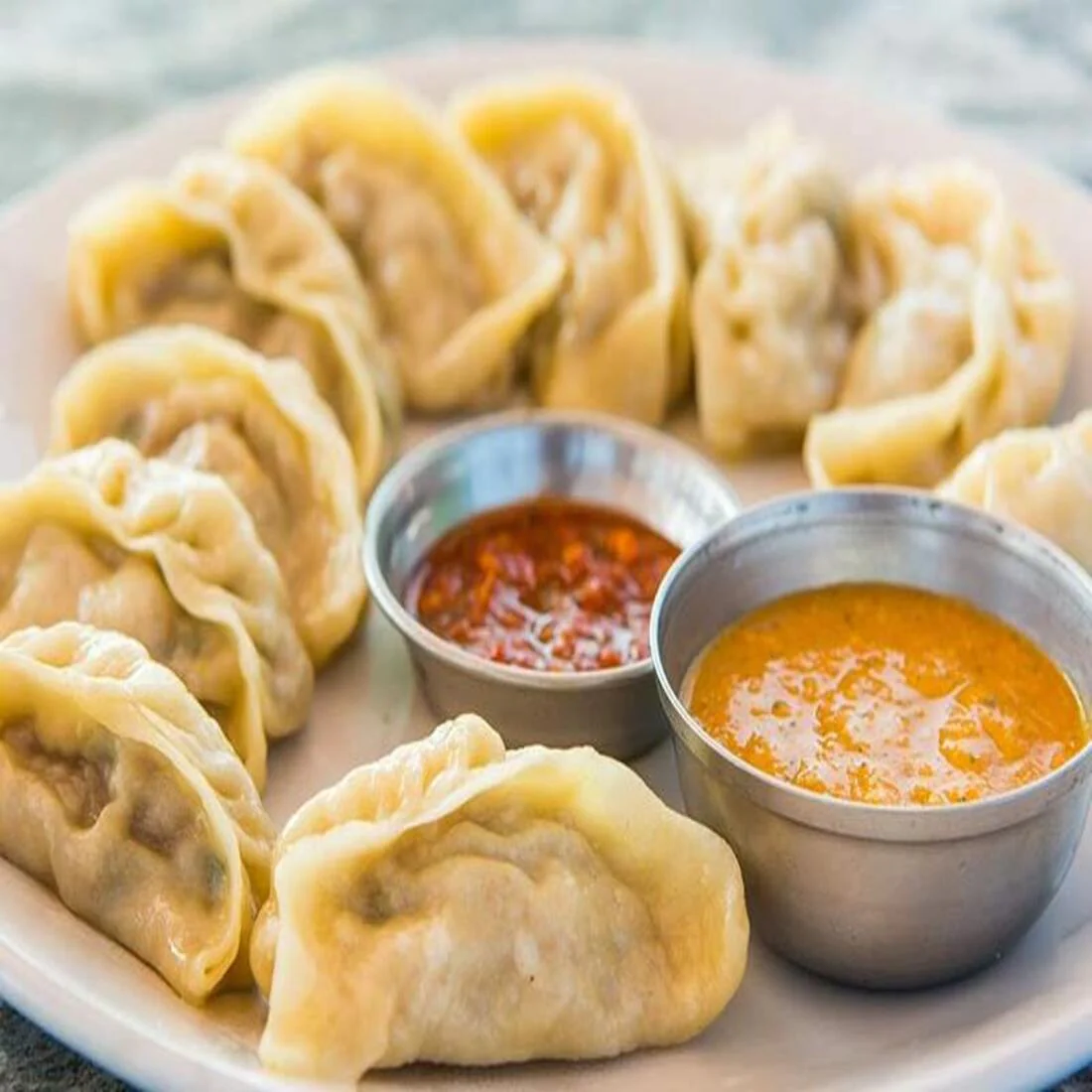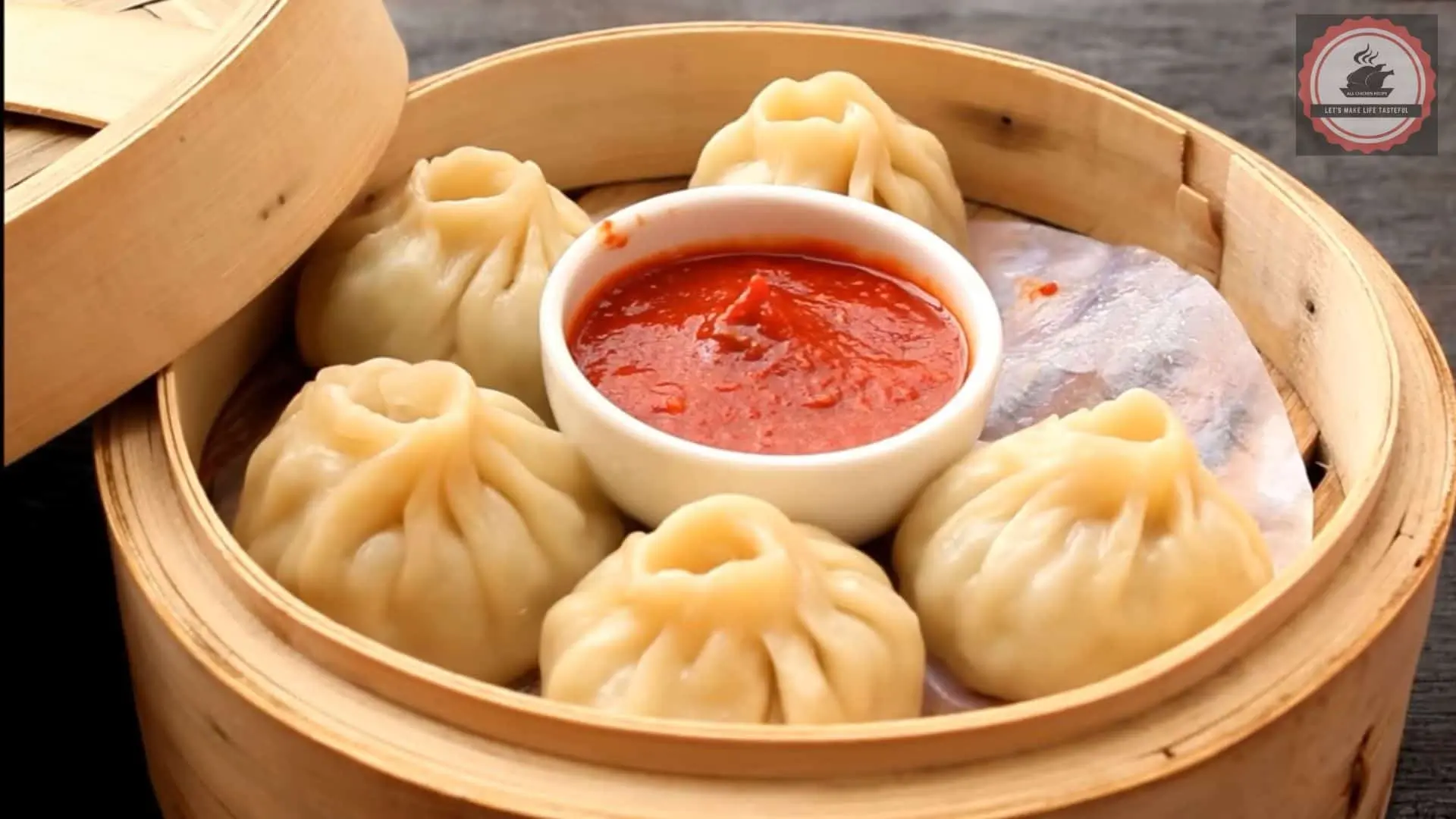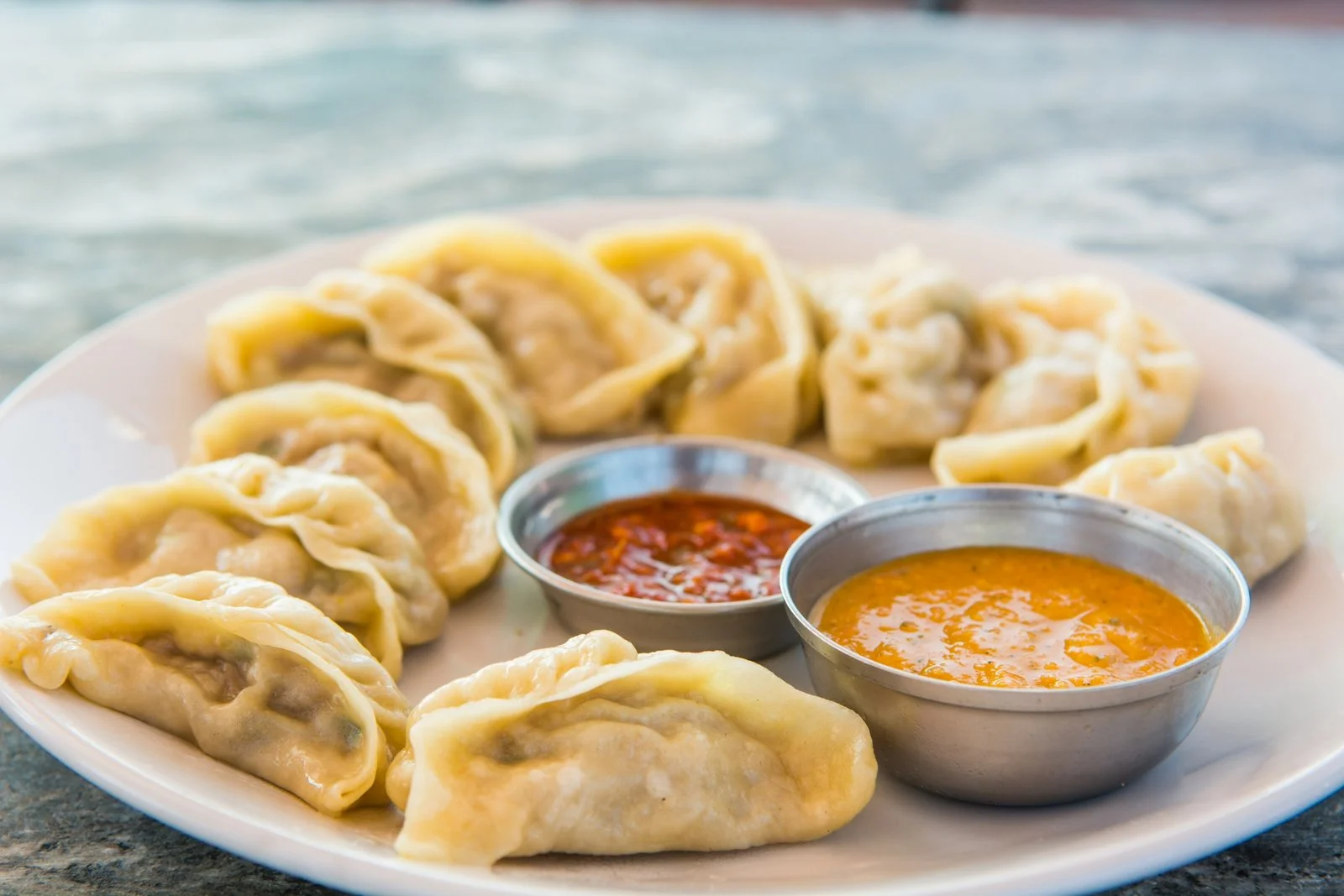
Momos, those delectable little dumplings that have captured the hearts and palates of food lovers worldwide, have a fascinating history that dates back centuries. Originating from the beautiful land of Tibet, momos have become a cherished culinary delight, enjoyed by millions around the globe.
Legend has it that momos were first created by Tibetan Buddhist monks, who were known for their goltogel strict vegetarian diet. Seeking a delicious and nutritious alternative to meat, they invented these flavorful dumplings, filled with a mixture of vegetables and spices. Over time, momo gained popularity and spread across the Himalayan region, becoming an integral part of the local cuisines.
Today, momos are not only a beloved dish in Tibet but have also become a staple in neighboring countries such as Nepal, Bhutan, and India. They have even made their way to international shores, finding a special place in the hearts of food enthusiasts worldwide.

Contents
Popular Types of Momos
When it comes to momos, the options are endless. From traditional flavors to innovative twists, there is a wide variety to choose from. Here are some popular types of momo that you must try:
1. Steamed Momos: The classic steamed momos are a true delight for dumpling enthusiasts. These delicate parcels are filled with a flavorful mixture of minced meat or vegetables, wrapped in a thin dough, and steamed to perfection. Served piping hot, these momos are often accompanied by a spicy dipping sauce that enhances their taste.
2. Fried Momos: If you’re craving a crispy and indulgent treat, fried momos are the way to go. These momo are first steamed and then deep-fried to achieve a golden, crunchy exterior. The frying process adds an extra layer of texture and flavor, making them a popular choice among street food lovers.
3. Pan-Fried Momos: Pan-fried momos strike the perfect balance between steamed and fried momo. These dumplings are first steamed and then lightly pan-fried to get a slightly crispy bottom. The result is a delicious combination of soft dumpling skin and a flavorful, slightly crunchy base.
Traditional Momo Fillings and Flavors
Traditionally, momos are filled with a mixture of minced meat, such as chicken, pork, or lamb, combined with an array of vegetables and spices. The filling is often seasoned with a blend of aromatic herbs, like garlic, ginger, and cilantro, to enhance the flavors.
For those who prefer a vegetarian option, momo can be filled with a variety of vegetables, such as cabbage, carrots, mushrooms, and onions. The vegetable filling is equally delicious and offers a lighter alternative for those who abstain from meat.
In addition to the traditional fillings, regional variations have given rise to unique flavors and combinations. For example, in the Indian state of Sikkim, you can find momo filled with yak meat, a local specialty. In Nepal, buffalo meat momo are widely popular.
To add an extra kick to the flavors, momo are often served with a spicy dipping sauce. This sauce is typically made with chili, garlic, soy sauce, and vinegar, creating a tangy and fiery accompaniment that complements the dumplings perfectly.
How to Make Momos at Home
While momos are readily available at restaurants and street stalls, making them at home can be a fun and rewarding experience. Here’s a step-by-step guide to making momo from scratch:
1. Prepare the dough: In a large mixing bowl, combine all-purpose flour, water, and a pinch of salt. Knead the dough until it becomes smooth and elastic. Cover the dough with a damp cloth and let it rest for at least 30 minutes.
2. Prepare the filling: In a separate bowl, mix minced meat or vegetables with finely chopped onions, garlic, ginger, and a variety of spices like cumin, coriander, and chili powder. Add salt to taste and mix well.
3. Roll out the dough: Divide the dough into small portions and roll each one into a thin, circular shape. Make sure the edges are slightly thicker than the center.
4. Fill and shape the momos: Place a spoonful of the filling in the center of each dough circle. Fold the edges in a pleated fashion, pinching them together to seal the momo.
5. Steam the momos: Arrange the momo on a greased steamer basket, making sure they don’t touch each other. Steam them for about 10-12 minutes, or until the dough becomes translucent and the filling is cooked.
6. Serve and enjoy: Once the momos are steamed, transfer them to a serving plate and serve hot with the spicy dipping sauce of your choice. Enjoy the delicious homemade momo with friends and family!

Best Places to Eat Momos Around the World
Whether you’re a seasoned traveler or a local foodie, exploring the best places to eat momos is a must. From bustling street stalls to upscale restaurants, momo can be found in various corners of the world. Here are some destinations known for their mouthwatering momos:
1. Kathmandu, Nepal: Known as the birthplace of momo, Kathmandu offers a plethora of options to satisfy your dumpling cravings. Head to the bustling streets of Thamel or the vibrant Patan Durbar Square to find authentic momo joints that have been serving these delights for generations.
2. Darjeeling, India: Nestled in the foothills of the Himalayas, Darjeeling is famous for its scenic beauty and aromatic tea. But it’s also a haven for momo lovers. Visit the Chowrasta Mall or the Mahakal Market to taste some of the best momos in the region.
3. Lhasa, Tibet: To experience momos in their place of origin, a trip to Lhasa is a must. Explore the local markets and street vendors to savor the authentic flavors of Tibetan momo, prepared with traditional techniques and ingredients.
4. New York City, USA: As a melting pot of cultures, New York City offers a diverse range of culinary experiences, and momos are no exception. Head to Jackson Heights in Queens or the East Village to find momo spots that serve a fusion of traditional and contemporary flavors.
5. Melbourne, Australia: With its thriving food scene, Melbourne is home to numerous restaurants and food trucks serving up delicious momos. From classic Tibetan momo to creative variations, this city has it all.
Health Benefits of Momo
Apart from being incredibly delicious, momo also offer several health benefits. Here are some reasons why you can enjoy momo guilt-free:
1. Balanced Nutrition: Momos are a complete meal in themselves, providing a balance of protein, carbohydrates, and essential nutrients. The filling, whether meat or vegetables, offers a good amount of protein, while the dough provides carbohydrates for energy.
2. Low in Fat: Momos can be a healthier alternative to deep-fried snacks, as they are often steamed or pan-fried. Steaming helps retain the nutrients in the filling, while pan-frying adds a minimal amount of oil for a crispy texture.
3. Rich in Vitamins and Minerals: The vegetable fillings in momo contribute to their nutritional value, providing essential vitamins and minerals. Vegetables like cabbage, carrots, and mushrooms are rich in vitamins A, C, and K, as well as minerals like potassium and manganese.
4. Portion Control: Momos are bite-sized, which makes it easier to control portion sizes. This can be beneficial for those watching their calorie intake or trying to maintain a healthy weight.
Creative Variations of Momos
While traditional momo are undeniably delicious, culinary enthusiasts have come up with creative variations to tantalize our taste buds even further. Here are a few innovative twists on the classic momo:
1. Cheese-filled Momos: For cheese lovers, these momos are a dream come true. Instead of the traditional filling, these momos are stuffed with a generous amount of gooey cheese. When steamed, the cheese melts and creates a burst of creamy goodness with each bite.
2. Chocolate-filled Momos: If you have a sweet tooth, chocolate-filled momos are a must-try. These dessert momo are filled with melted chocolate or Nutella, creating a delightful combination of warm, chocolatey goodness encased in a soft dumpling skin.
3. Tandoori Momo: Inspired by the flavors of Indian tandoori cuisine, these momo are marinated in a spicy yogurt-based marinade and then grilled to perfection. The result is a smoky and flavorful twist on the classic momo.

Momos in Popular Culture
Momos have not only captured the taste buds of food enthusiasts but have also made their way into popular culture. These delicious dumplings have been featured in movies, TV shows, and even inspired dedicated momo festivals in various parts of the world.
In the Bollywood movie “Dum Laga Ke Haisha,” momo play a significant role, representing the culinary heritage of the characters. Similarly, in the hit TV series “MasterChef,” momo have been featured as a challenge, showcasing their versatility and the creativity they inspire.
In recent years, momo festivals have become popular events, celebrating the diversity of flavors and fillings. These festivals attract food lovers from all walks of life, allowing them to indulge in a wide variety of momos and explore the culinary traditions behind these delightful dumplings.
Why Momos Are Loved by Foodies Everywhere
In conclusion, momos have earned their place as one of the most beloved comfort foods around the world. Their rich history, diverse flavors, and creative variations have made them a favorite among food enthusiasts everywhere.
From the streets of Kathmandu to the bustling eateries of New York City, momo continue to captivate our taste buds with their delightful combination of savory fillings and delicate dough. Whether you prefer the classic steamed momo or want to explore innovative twists like cheese-filled or chocolate-filled momo, there’s something to suit every palate. If you enjoyed exploring the fascinating world of momos, we invite you to dive into another captivating topic: the Apple Pencil Gen 2. Discover its innovative features, ergonomic design, and transformative impact on digital creativity. Happy reading and bon appétit!







